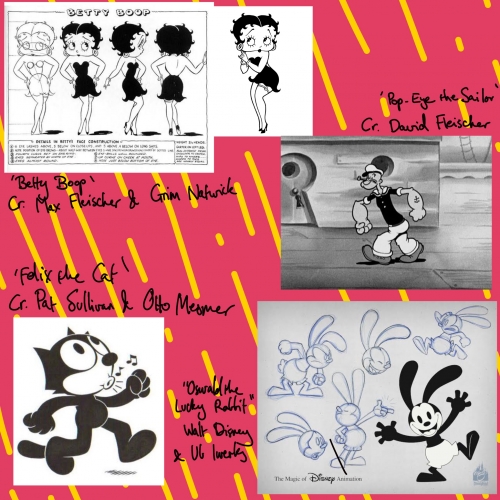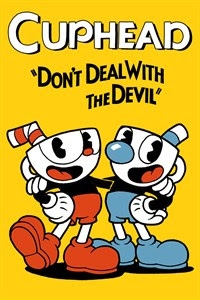I started playing Cuphead on Nintendo Switch recently and I am fascinated by the animation style used in it, which is derived from 1920s and 30s cartoons that use a style called Rubber Hose animation. It gets its name from the long, rubbery, noodly and malleable qualities seen in characters, especially their arms and legs, making them look like rubber hoses. From this, I then had a look at Betty Boop, a 1930s animated character that featured in many animated cartoons and features and remains a cult icon to this day.
Betty Boop is a significant icon in animation history because, as well as remaining iconic to this day, helped popularise cartoons and starred in many shorts, including 'the Old Man on the Mountain.'
Walt Disney even practiced in rubber hose style before refining his animation into the iconic Disney refined animation style. He developed the character Oswald the Lucky Rabbit, which was his signature character before Mickey Mouse.
Other important animators include Max Fleischer, David Fleischer and Pat Sullivan to name a few.
something that I want to explore is the principles used in the rubber hose style of design and animation, and look at how it can inform my practice.
About This Work
By Hattie Read
Email Hattie Read
Published On: 05/05/2020
tags:
AGI Studio 1, Related Work, rubberhose, studio 1, betty boop

